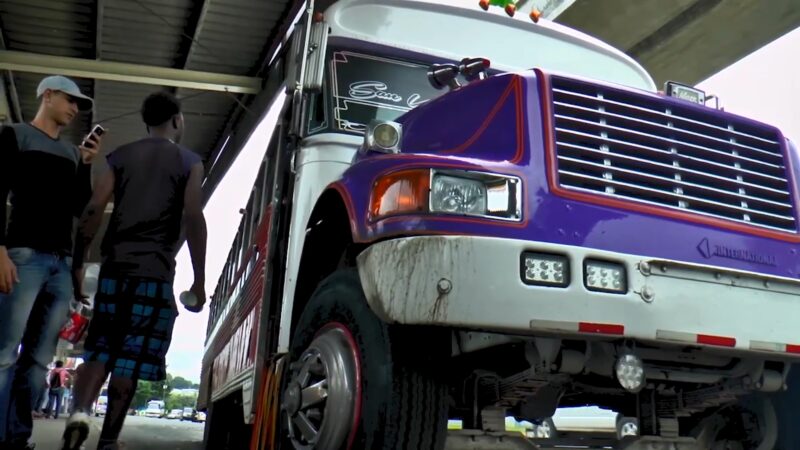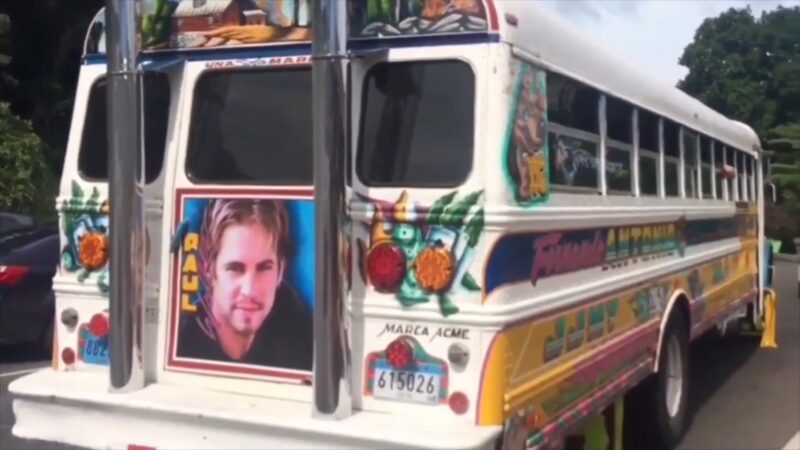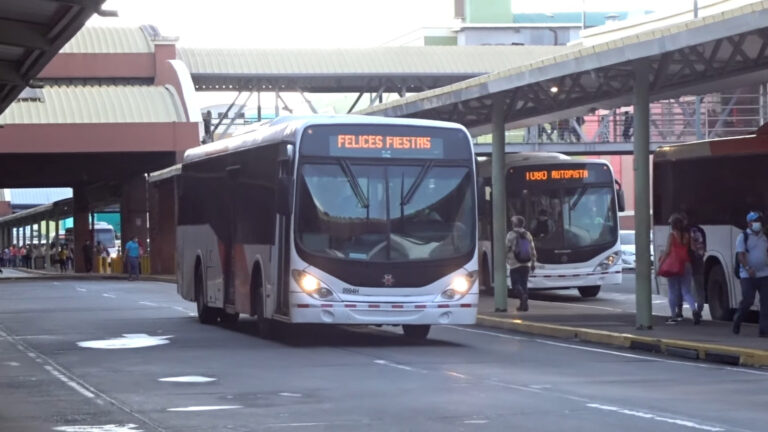PANAMA CITY.- The Latin University of Panama recently hosted another intense discussion on the state of the public transportation system in the nation. The debate was led by union leaders Tomasito López and Rafael Reyes, ATTT legal consultant Ulysses Calvo, Metro Bus Chief Alfonso Penedo, and transportation specialist attorney Víctor Martínez.
The conversation started with a historical overview to help attendees grasp the roots of the disorder. Noteworthy was the period when two private firms, Colombia’s National Auto Parts Manufacturing Company (Fanalca) and Panama’s Felgate Enterprises, collaborated to establish Transporte Masivo de Panamá, S.A. (Panama Mass Transport, SA), currently recognized as Mi Bus.
This entity took over the Metro Bus system in Panama in 2010 after securing a 15-year concession. Back then, the government initiated a scheme to phase out the old “Red Devils” buses, which originated in the 70s from a transport enhancement initiative by General Omar Torrijos.
Initially, these used vehicles were brought from the U.S., after being retired from school transportation services. Their unique name originated when they were painted in vibrant hues upon their arrival in Panama, often featuring renowned figures from music, politics, or sports, like the Panamanian boxer “Mano de Piedra” Durán.
However, the “Devil” label primarily came from their reckless driving habits, frequently flouting traffic regulations and creating significant noise pollution with their loud horns and music systems. Their driving behavior led to numerous accidents over the years.
From 3,800 to 1,250 public buses

In the open forum, it was revealed that despite the 2010 government compensating owners for retiring the old buses, the “Red Devils” made a comeback when it was evident that the Metro Bus service couldn’t meet the transportation demands. The core issue was that the 3,800 old buses were replaced by only 1,250 Metro Bus vehicles.
The bus shortage wasn’t the sole concern for the public. Inefficient planning also affected the card recharge system for the Metro bus, causing lengthy queues. Ultimately, after five years of disputes between Mi Bus shareholders and the government, the state purchased the service for nearly 50 million dollars, which was 80% of the initial outlay.
However, expenses continued, as the government now needed to repair around 450 malfunctioning buses and buy a new fleet worth 195 million dollars.
“Unofficial or makeshift public transport”

Attendees questioned the reappearance of the deteriorated “Red Devils” on the roads, often without valid permits. The delay in addressing the transport crisis has led private entities to introduce buses that don’t adhere to legal standards.
While these unofficial or “bootleg” services temporarily address the transportation needs of the growing populace, they perpetuate a cycle where passengers board unsafe vehicles lacking essential features like emergency exits or passenger insurance. Reports suggest these buses often speed, leading to severe accidents, and charge fares ranging from US $1 to US $5, significantly higher than the standard US $0.25 to US $1.25.
Mi Bus
Alfonso Penedo, representing the now state-owned company operating the Metro Bus, described the issue as straightforward but challenging to address. He mentioned that the new team took over in March and has since been working on a “service stabilization plan.”
Their approach prioritizes user requirements, considering factors like bus frequency, route coverage, safety, user trust, and company communication. Penedo emphasized that the subpar service isn’t just due to a lack of buses but also a shortage of 500 operators.
They are currently hiring and training new staff, with 30% being women from a program supporting domestic violence victims. This training lasts between 54 and 130 hours. Upon completion, bus intervals will be reduced to 10-15 minutes from the current 45 minutes to an hour.
Penedo also assured that the Metro Bus would soon integrate with the Panama Metro to enhance the transportation experience.
Final Words
The state of public transportation in Panama, particularly the challenges and transformations of the Metro Bus system, is a testament to the complexities of urban planning and governance. The return of the “Red Devils” and the emergence of “bootleg” transport services highlight the urgent need for comprehensive solutions.
As the government, stakeholders, and airport authorities work towards improving the system, it’s crucial for the public to stay informed and engaged. The future of Panama’s public transport, including its airport infrastructure, hinges on collective efforts and a shared vision for a safer, more efficient, and sustainable transportation network.

